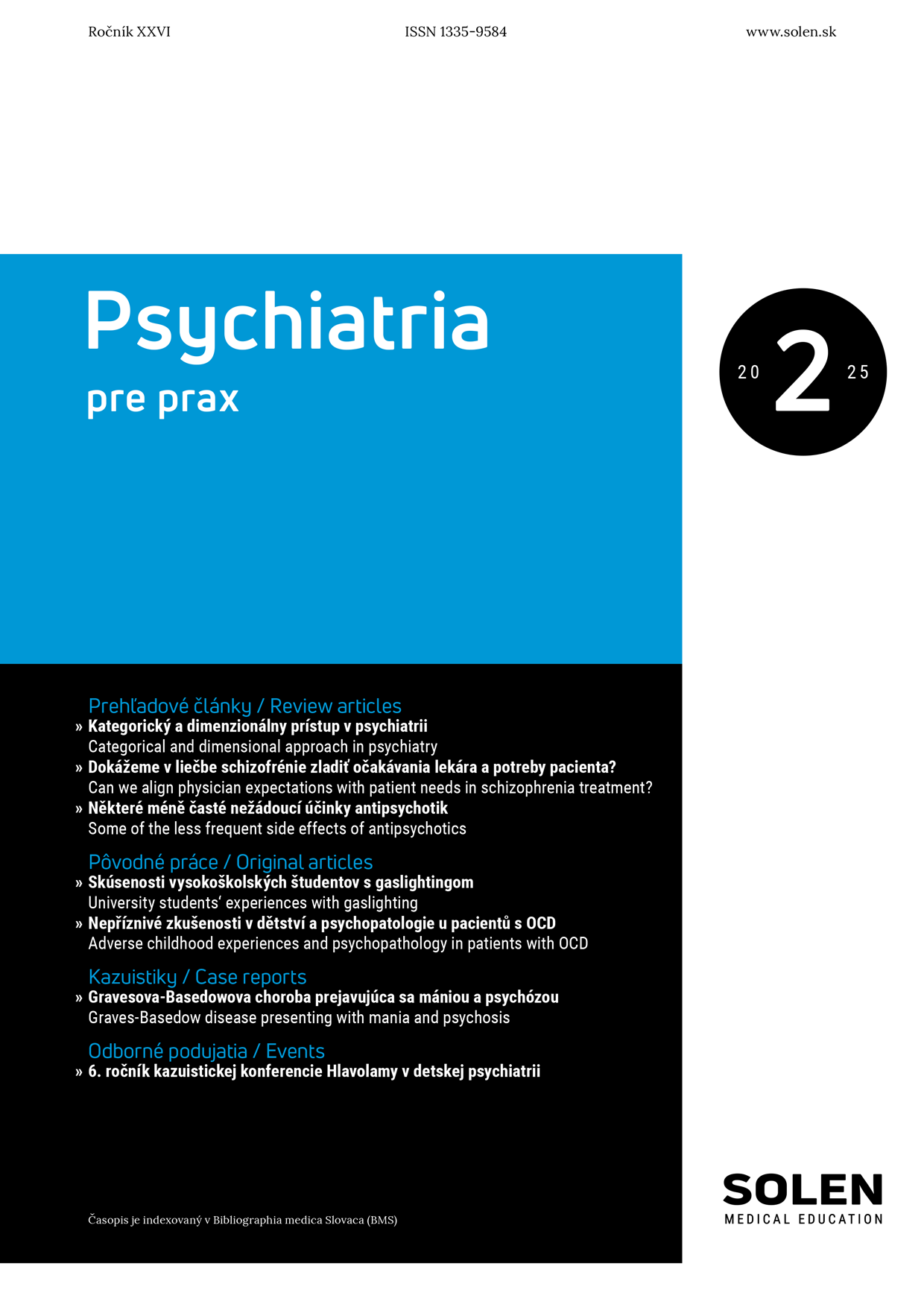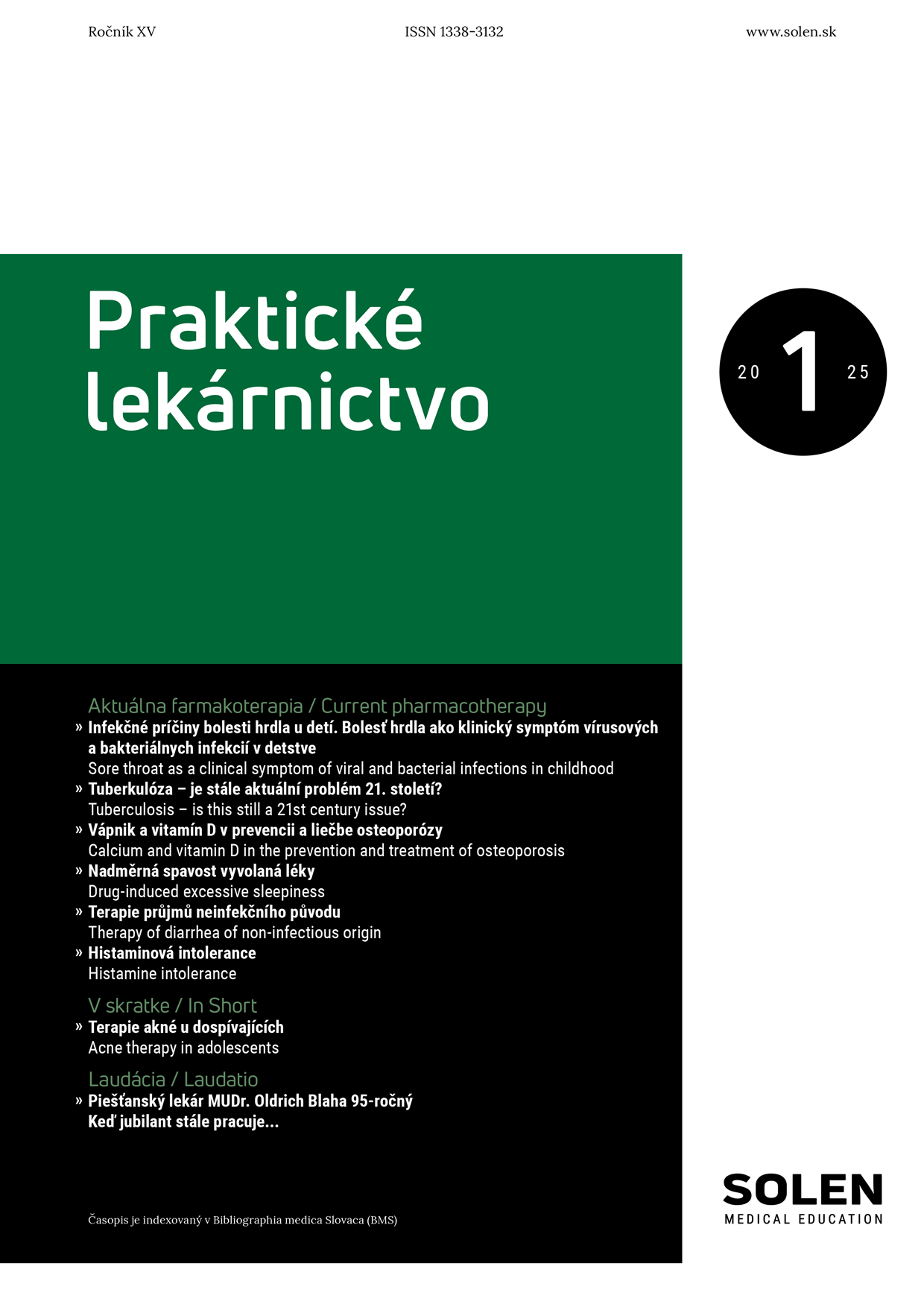Onkológia 4/2014
Liečba metastatického svetlobunkového karcinómu obličky po zlyhaní I. línie
Renálny karcinóm každoročne postihuje 170 000 ľudí na celom svete a je príčinou úmrtia v 72 000 prípadoch. Liečebné možnosti metastatického svetlobunkového renálneho karcinómu sa v posledných rokoch významne rozšírili zavedením cielenej liečby. V prípade zlyhania prvolíniovej liečby je k dispozícii viacero terapeutických postupov. U pacientov po progresii ochorenia na cytokínoch máme najviac údajov o efektivite sorafenibu a axitinibu. U pacientov po zlyhaní anti-VEGFR liečby nie je známe, či sú účinnejšie mTOR, alebo druhogeneračné VEGFR inhibítory. Pri výbere liečebnej stratégie je nevyhnutné brať do úvahy účinnosť a toxicitu predchádzajúcej liečby.
Kľúčové slová: renálny karcinóm, VEGFR inhibítory, mTOR inhibítory.
Treatment of metastatic clear cell renal cell carcinoma after failure of first-line treatment
Renal cell carcinoma annually affects 170 000 people worldwide and is a cause of death in 72 000 cases. In the recent years treatment options for metastatic clear cell renal cell carcinoma have significantly expanded with the introduction of targeted therapy. In case of failure of first-line treatment there is a number of therapeutic options. In patients after disease progression on cytokines we have the most data on the effectiveness of sorafenib and axitinib. In patients after failure of anti-VEGFR treatment it is not known whether more effective are mTOR or second-generation VEGFR inhibitors. When choosing a treatment strategy it is necessary to take into account the efficacy and toxicity of previous treatment.Key words: renal cell carcinoma, VEGFR inhibitors, mTOR inhibitors.
Keywords: renal cell carcinoma, VEGFR inhibitors, mTOR inhibitors.


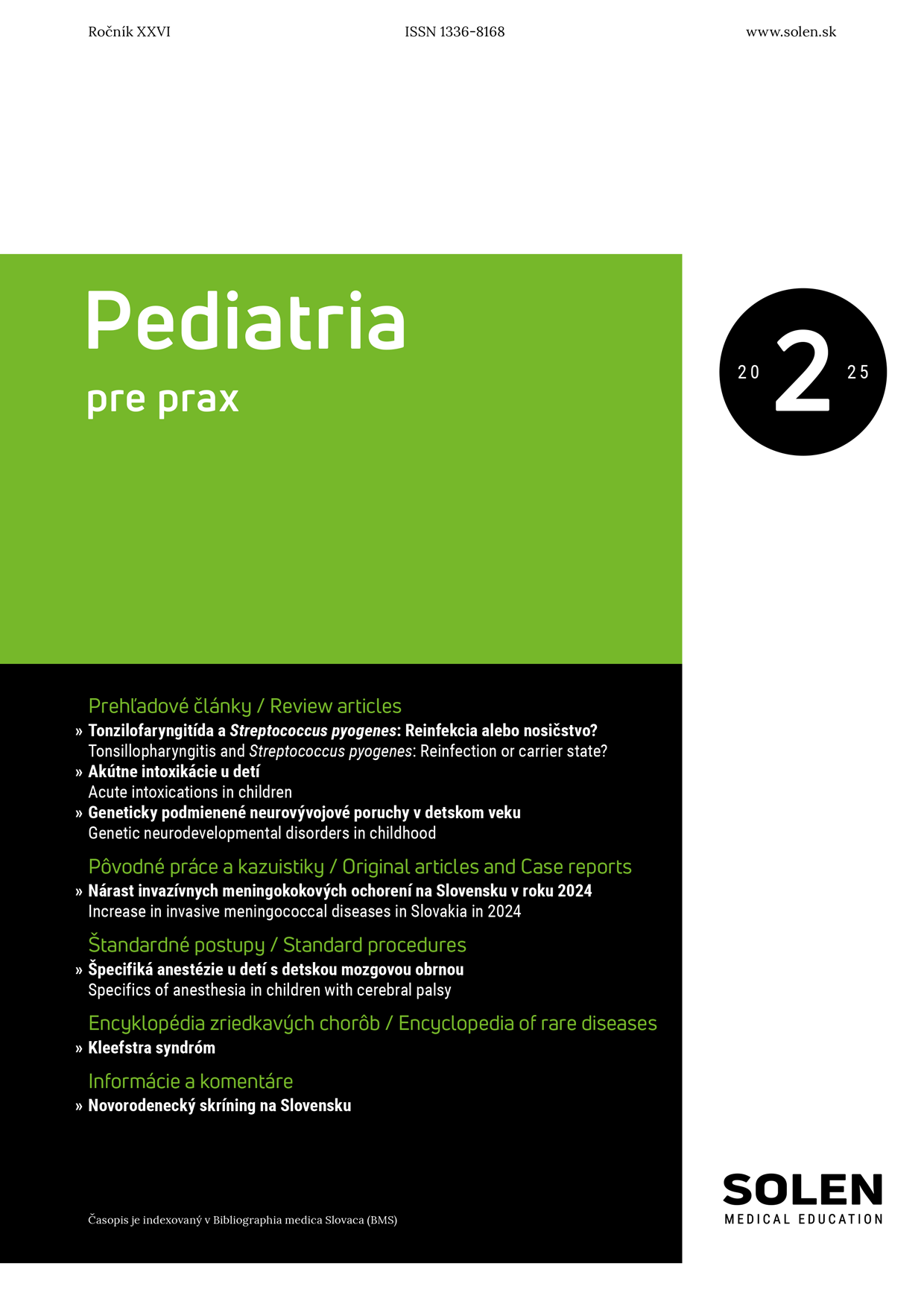
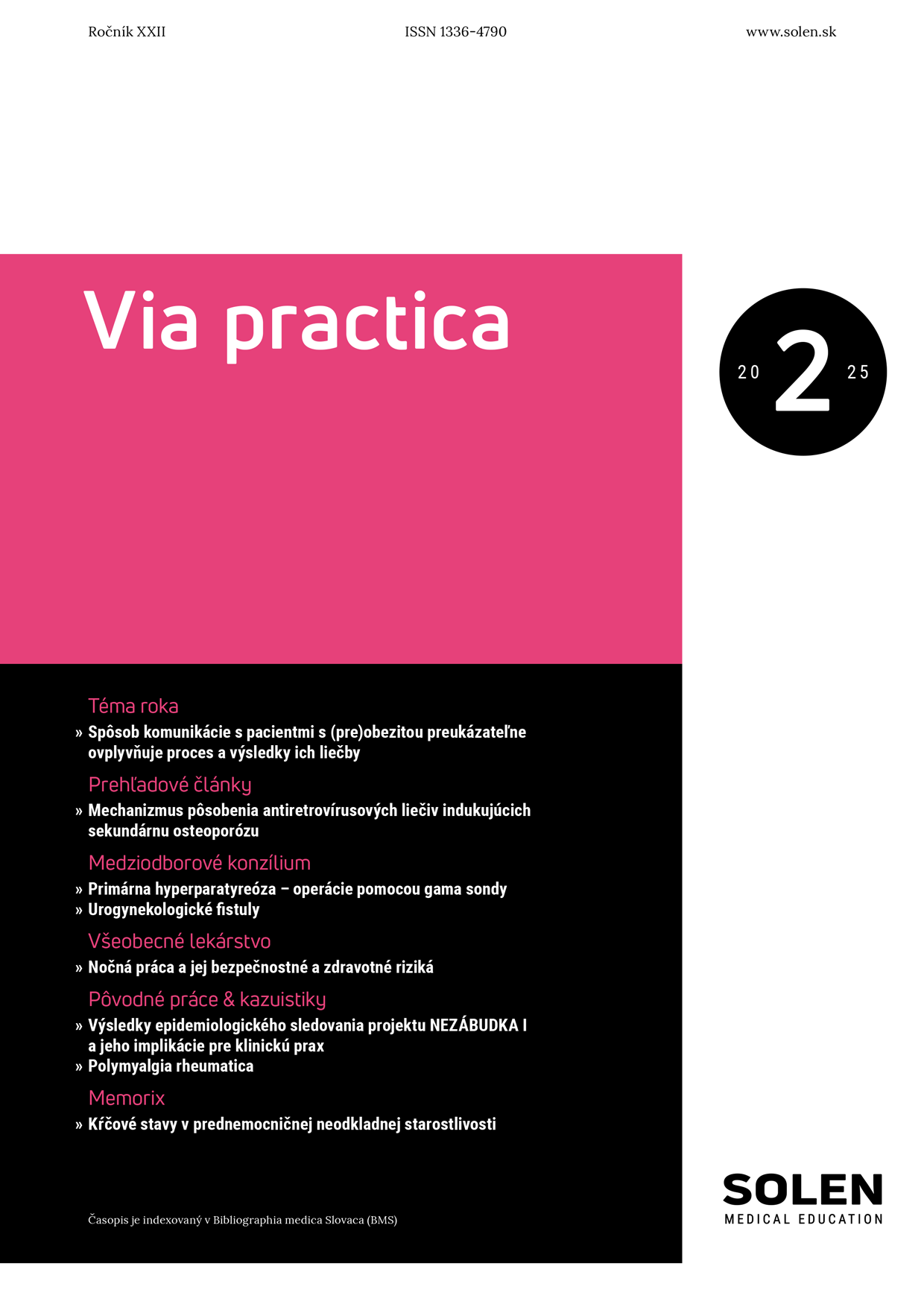
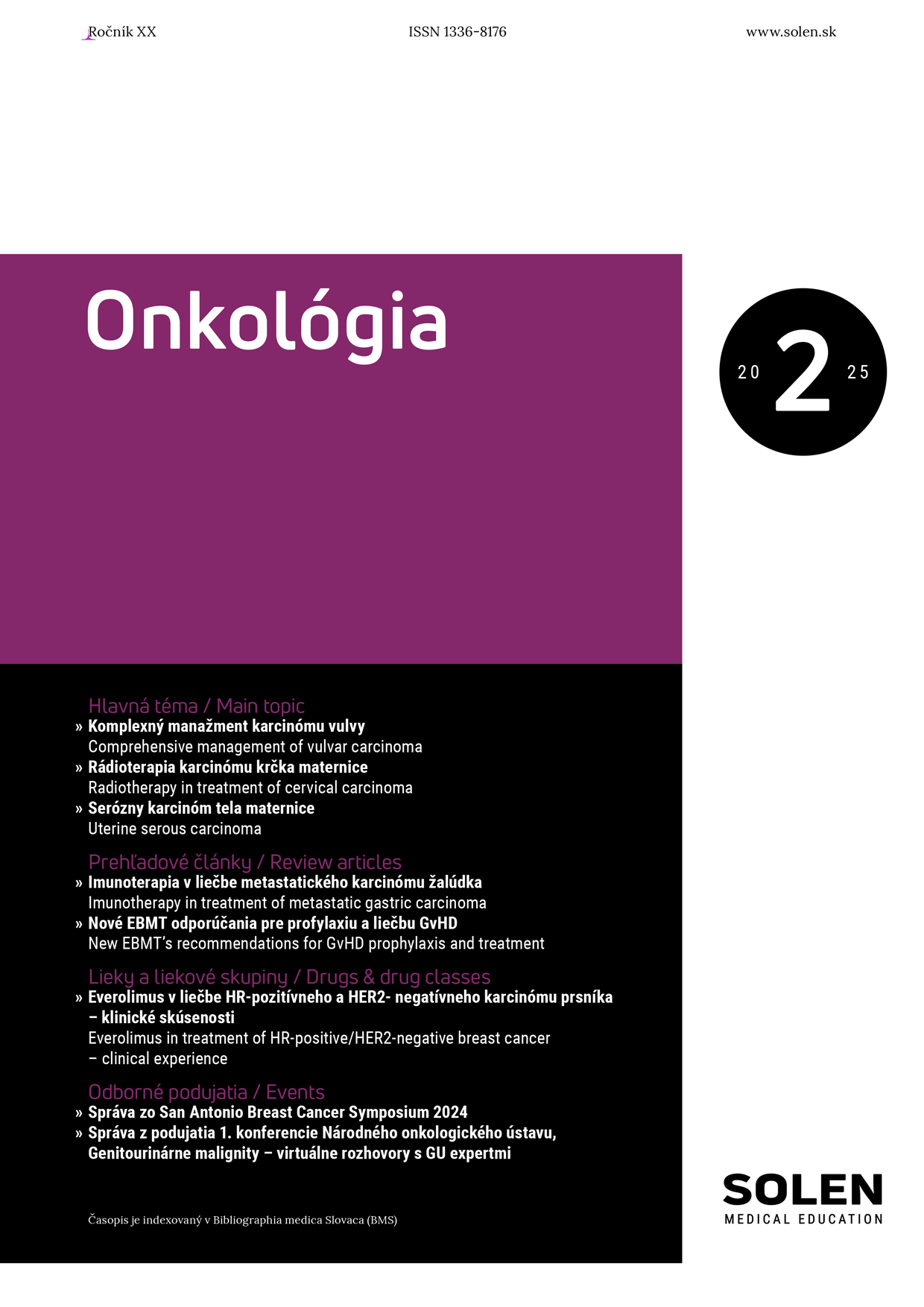
-1.png)
